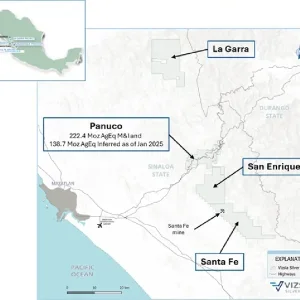
88 Energy has reported positive results from the Charlie-1 appraisal well at Project Icewine on the North Slope of Alaska with preliminary petrophysical interpretation indicating hydrocarbon pay in the Torok, Seabee, and Kuparuk formations.
The Australian oil and gas company expects to release initial lab results pertaining to gas condensate analysis and core testing in the coming weeks.
According to 88 Energy, more than 280ft of net pay has been interpreted over the Seabee, Torok, and Kuparuk formations, which favourably compares to pre-drill expectations.
However, the company said that confirmation needs to be done on rock properties and saturations by lab work, which is currently in progress. The company expects the lab work to result in a revised prospective resource.
88 Energy said that the pay interpreted over the Lima prospects in the Seabee formation, is of particular interest, although, both were intersected in a sub optimal location.
Gas condensate had flown from the Middle and Lower Stellar targets using a downhole sampling tool, said the company, which collected the samples for test work in the lab.
The initial results such as gas to oil ratio and others from the from the test work are likely to be known in two-three weeks. The company will also undertake additional advanced testing on geochemical markers and hydrocarbon isotopes, which will take an additional four-six weeks.
88 Energy management comments on the Charlie-1 appraisal well results
88 Energy managing director Dave Wall said: “Despite the surprise in relation to the phase of hydrocarbons discovered in the Torok Formation at this location, the Charlie-1 well has yielded encouraging results, particularly in the Seabee.
“The Seabee targets are extensive and have had excellent oil shows, including live oil observed at the surface in both Charlie-1 and Malguk-1. The significance of these observations in Charlie-1 will be confirmed by lab results in the near term.”
The Charlie-1 appraisal well was designed as a step out appraisal of a well called Malguk-1, which was drilled by BP Exploration (Alaska) in 1991.
The Malguk-1 well is said to have intersected oil shows with elevated resistivity and mud gas readings over multiple horizons during drilling, however, it was not evaluated because of complications towards the end of operations, which led to lack of time before the close of the winter drilling season.






